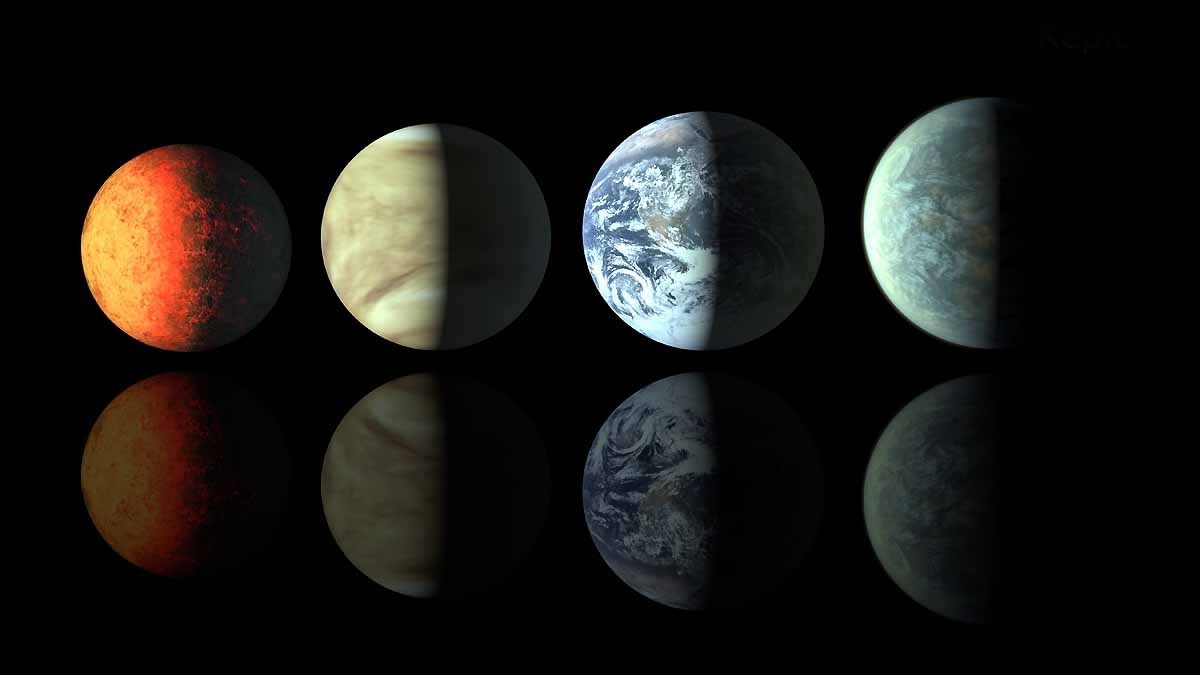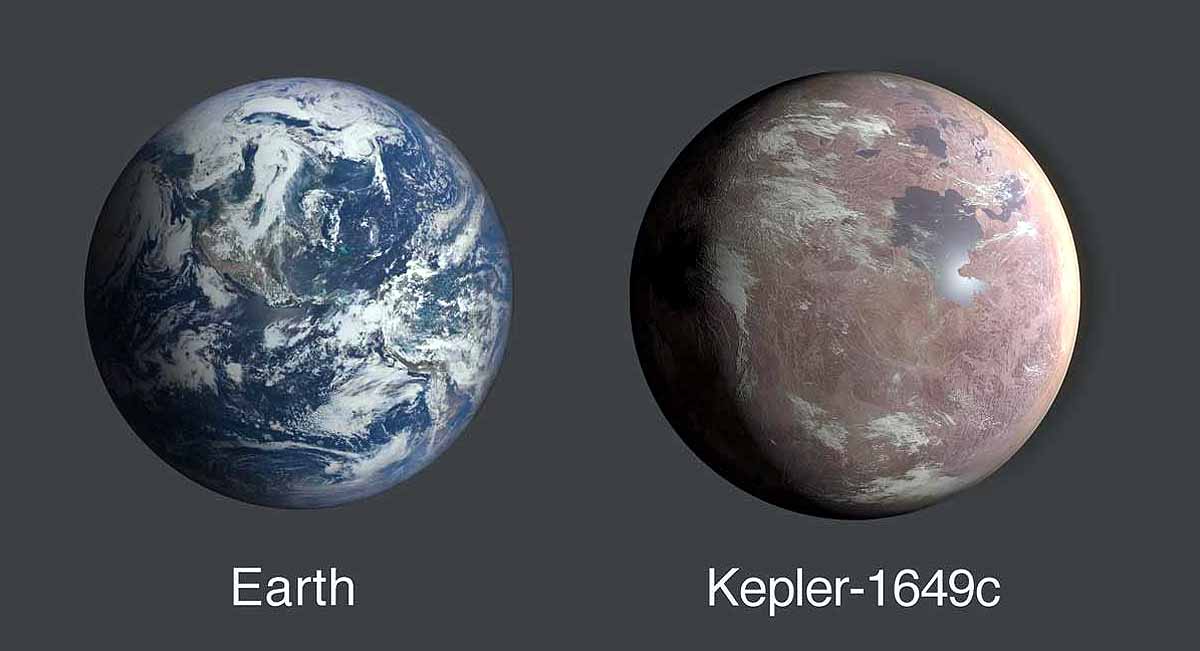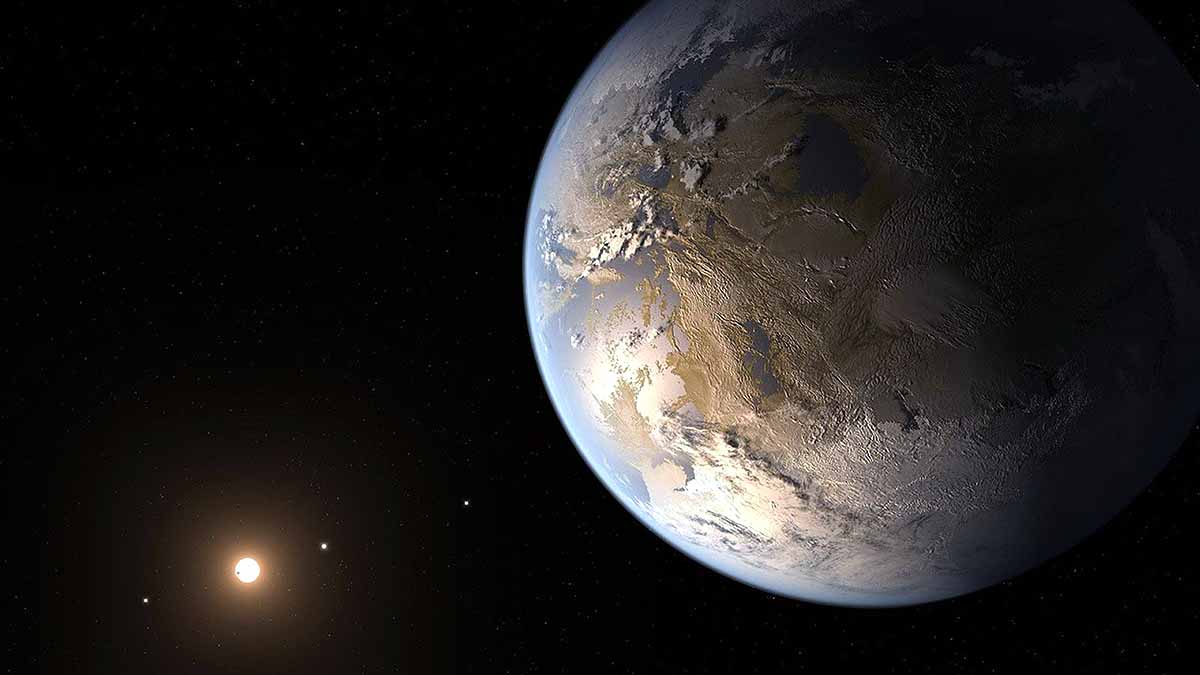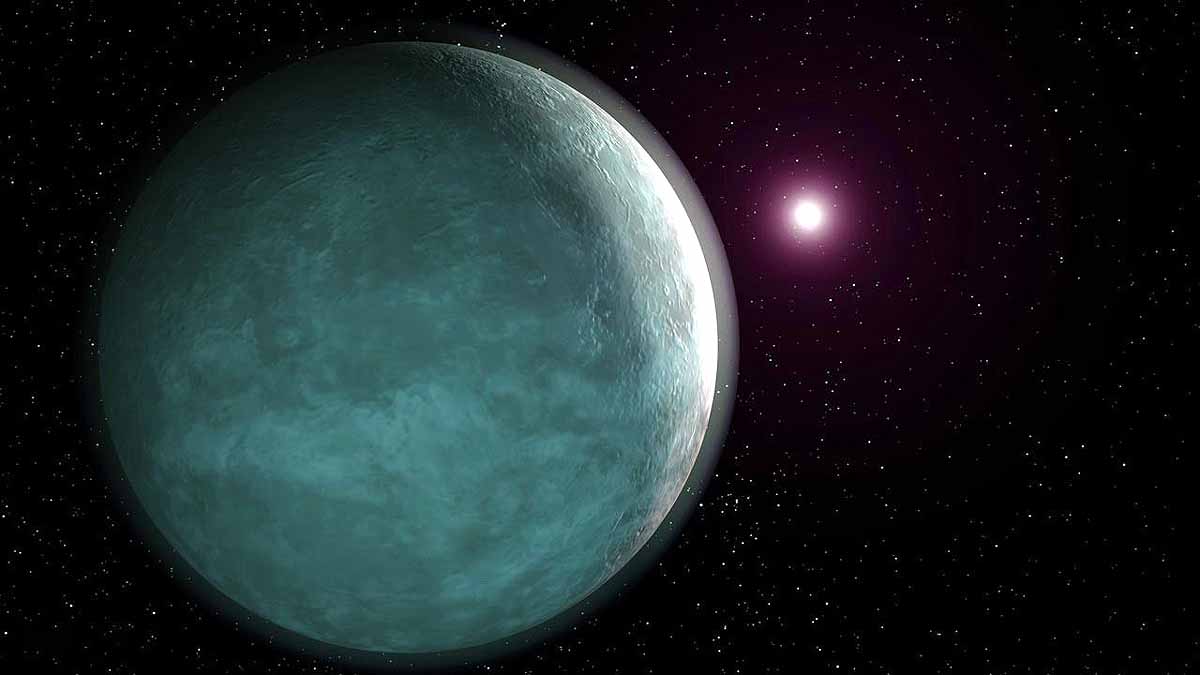Scientists have discovered many Earth-like worlds in the universe. These planets revolve around distant stars, but their size, structure and conditions suitable for life are similar to our Earth. NASA’s Kepler Space Telescope has discovered many of these. These planets are in the habitable zone, where water can exist in liquid form.
What are exoplanets? Earth Why is the world special?
Exoplanets are planets that are outside our solar system. Scientists find them with telescopes, which are detected by the decrease in light when the stars pass in front of them. Earth-like worlds mean that they are small in size, rocky and at the right distance from their star, so that they are neither too hot nor cold. This is called the Goldilocks zone – neither too hot, nor too cold.
Also read: Sperm changed due to COVID-19 infection… increased concern among new children
Thousands of exoplanets have been found so far, but only a few are like Earth. It forces us to ask the question…are we alone in the universe? to look for signs of life James Webb Space Telescope (JWST) is investigating their atmosphere. If chemicals like oxygen or methane are found there, clues to life may be found.
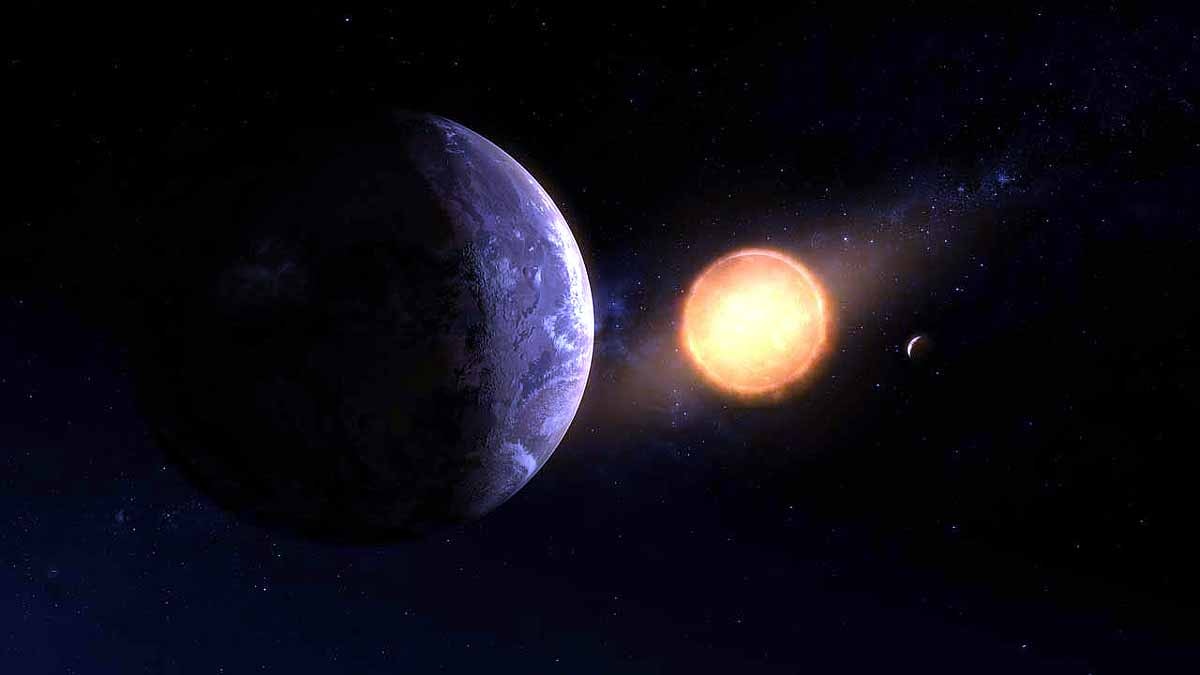
Kepler Space Telescope: Star of Discovery
NASA’s Kepler telescope worked from 2009 to 2018. It discovered more than 2,600 planets. Many of these are like Earth. Now TESS telescope is also helping. Come, let’s learn about some famous Earth-like worlds…
1. Kepler-69c
- Search: Kepler discovered in 2013.
- size: Slightly larger than Earth (Super-Earth), but as hot as Venus.
- Wandering: One revolution around its star in 242 days.
- distance: 0.64 AU from the star (64% of the Earth–Sun distance).
- Life Expectancy: Earlier it seemed habitable, but now it seems very hot – like Venus.
2. Kepler-452b
- Search: In 2015.
- size: 1.6 times larger than Earth.
- Wandering: Round in 385 days, like our year.
- distance: 1.05 AU from the star, Sun-like star.
- Life Expectancy: Most earth like! Heat may be true, water may be there. It is called ‘Cousin’. But being bigger causes heavier gravity.
3. Kepler-186f
- Search: in 2014.
- size: As big as Earth (1.1 times the diameter).
- Wandering: Round in 130 days.
- distance: 0.4 AU from the star, red dwarf star.
- Life Expectancy: First Earth-sized planet in the habitable zone. There may be rocky land and sea. JWST is looking into it.
4. Kepler-438b
- Search: In 2015.
- size: 1.1 times that of Earth.
- Wandering: Round in 35 days.
- distance: 0.1 AU from the star, red dwarf.
- Life Expectancy: It seemed good at first, but star flares can blow away the atmosphere. Less likely now.
5. TRAPPIST-1e
- Search: In 2017.
- size: As big as Earth (0.92 times the diameter).
- Wandering: Round in 6.1 days.
- distance: 0.029 AU from the star, system of seven planets.
- Life Expectancy: Cold star, but in the right zone. There may be water and atmosphere. JWST recently investigated.
6. Kepler-1649c
- Search: In 2020 (TESS found again).
- size: 1.06 times that of Earth.
- Wandering: Round in 19.5 days.
- distance: 0.14 AU from the star.
- Life Expectancy: Very Earth-like, near a red dwarf star. Could be the ocean.
Other candidates: Kepler-362c, Kepler-220e, Kepler-344c
- Kepler-362c: Found in 2014, 1.45 times the diameter of Earth, 38 days rotation, 0.21 AU away. Super-Earth may be habitable.
- Kepler-220e: In 2014, 46 days rotation, 558 light years away. Small planet, but less detail.
- Kepler-344c: 2014, Neptune-sized (3 times the diameter, 9 times the mass), 126 days, orbit 0.49 AU. Big, but on the list.
Exploring the Future: JWST and the journey ahead
The James Webb Space Telescope has been operational since 2021. It scans the atmospheres of these planets. If water, oxygen or organic gases are found, then there is evidence of life. Upcoming missions like ARIEL (ESA) will also help.
—- End —-
